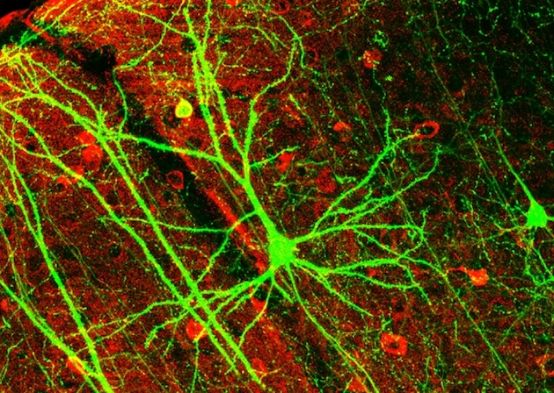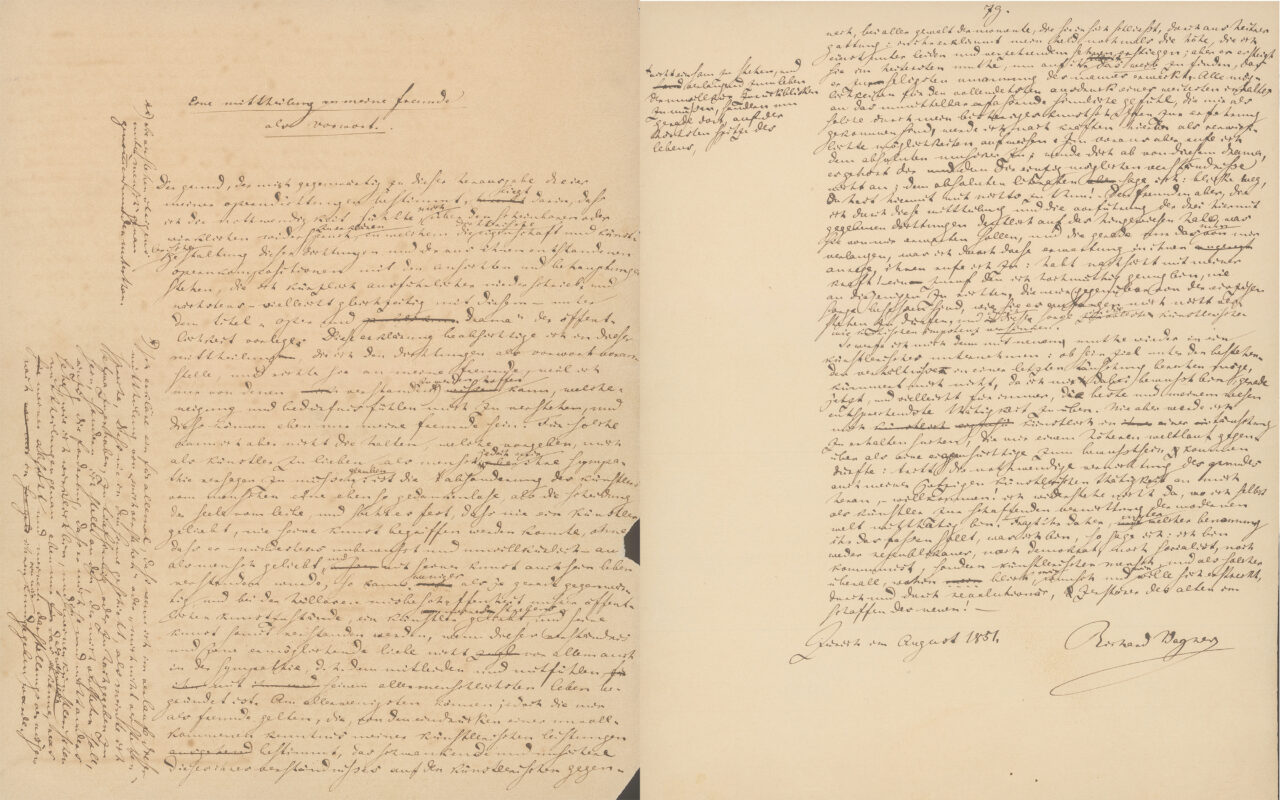Neuronal basis of sound perception
Researchers from the Department of Biomedicine at the University of Basel have investigated the neuronal basis of sound perception and sound discrimination under complex acoustic conditions.

Despite the importance of hearing for our perception, relatively little is known about how our brain processes acoustic signals and gives them meaning. What is clear is that the more precisely we can distinguish sound patterns, the better our hearing is. But how does the brain manage to distinguish between relevant and less relevant information - especially in an environment with a lot of background noise?
Researchers led by Tania Rinaldi Barkat from the Department of Biomedicine at the University of Basel have investigated the neuronal basis of sound perception and sound discrimination under complex acoustic conditions. The focus was on researching the auditory cortex - the "auditory brain" The respective activity patterns in the brain of a mouse were measured.
It is well known that it becomes more difficult to distinguish sounds the closer they are to each other in the frequency spectrum. Initially, the researchers assumed that additional noise could make such a hearing task even more difficult. However, it actually turned out to be the other way around: The team was able to prove that the ability of the auditory system to distinguish subtle sound differences improved when white noise was added to the background. Compared to a quiet environment, the noise thus facilitated auditory perception.
The research group's measurement data showed that the noise significantly inhibited the activity of the nerve cells in the test animals. Paradoxically, this suppression of the neuronal excitation pattern led to a more precise perception of the pure tones.
To confirm that only the auditory cortex and not other areas of the brain were responsible for neuronal activity and sound perception in the experiments, the researchers used the light-controlled technique of optogenetics. Their findings could potentially be used to improve auditory perception in situations where sounds are difficult to distinguish.
Original article:
Rasmus Kordt Christensen, Henrik Lindén, Mari Nakamura, Tania Rinaldi Barkat: "White noise background improves tone discrimination by suppressing cortical tuning curves", Cell Reports (2019), doi: 10.1016/j.celrep.2019.10.049
Image authors: Wei-Chung Allen Lee, Hayden Huang, Guoping Feng, Joshua R. Sanes, Emery N. Brown, Peter T. So, Elly Nedivi. Source: wikimedia commons CC BY 2.5







